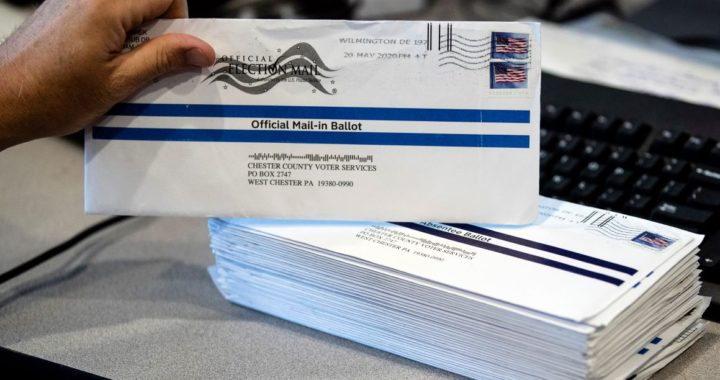So now we hear that 21,000 dead people in Pennsylvania remain on the voter rolls. That’s bigly news that means, well, something bad, I guess. So sad. While there is no actual evidence that any of these persons actually voted, I am certain that this changes everything.
A more cynical person than I might ask if there is any actual proof of any actual wrongdoing anywhere in this story, but that would be ungracious to the many millions of people who are overjoyed to hear this latest example of electoral malfeasance. And I am no cynic. I live my life according to a few bedrock principles, one of which is, “if it’s on the internet, it must be true.”
So, thanks to the upstanding citizens at Breitbart and Rudy Giuliani for bringing this to our attention.
But as a county precinct official in the recent election, responsible for ensuring that all voters at our polling place were properly registered and were properly identified, I was horrified to realize that we actually had no protocol in place to process dead voters.
We had detailed and extensively-documented procedures for voters with expired ID, or with no ID, or who were not registered, or who had just moved, or who provided signatures that didn’t match the signature on file, for voters who couldn’t speak English, voters at the wrong precinct, voters with disabilities, voters who wanted to vote from their cars, voters who mis-marked their ballots, and half a dozen other contingencies. But there was nothing in the hours and hours of training or in the 37-page voting official’s flip chart that explained what we were to do if a dead voter appeared and requested a ballot.
More disturbingly, I realized that we didn’t even have a reliable way to identify dead voters. Voters had to have a current form of identification, they had to state their name and address, they had to sign the pollbook, and they needed to look like the person pictured on their ID. But we never checked or even asked if they were still alive.
It is not even clear that being dead makes a person ineligible to vote.
And if we couldn’t identify dead voters at the polling places, how could election officials who receive mail-in ballots identify votes cast by dead persons? Well sure, they could check signatures. Dead people tend to have scratchy handwriting. At least that’s what I’ve heard. Lots of people say it.
And they could rely on the fact that the dead voter had to first request a ballot, vote, and then return the ballot. That’s a lot of work – and signatures – for a dead person. And most Election Boards cross-reference their voter lists with other public records, including death certificates and social security databases that identify dead persons.
Of course, it has happened that a bereaved spouse or close relative of a recently deceased person has returned a ballot that had been requested by a living person but which had been received sometime after the unfortunate voter passed away. Typically, those ballots are identified by election officials due to mismatched signatures or other checks and are not counted.
As numerous articles and papers explain, “The consensus from credible research and investigation is that the rate of illegal voting is extremely rare, and the incidence of certain types of fraud — such as impersonating another voter — is virtually nonexistent,” according to the Brennan Center for Justice, a nonpartisan but liberal-leaning law and policy institute.
So, it seems the dead don’t vote very often. Which is not really surprising. Even in this election, with record turnout, 33 percent of America’s eligible voters didn’t bother to vote. Maybe someone should check them for a pulse.
November 9, 2020
https://www.cnn.com/2020/11/08/tech/michigan-dead-voter-fact-debunking/index.html
https://www.wcbe.org/post/husted-says-trumps-objections-mail-voting-dont-apply-ohio
